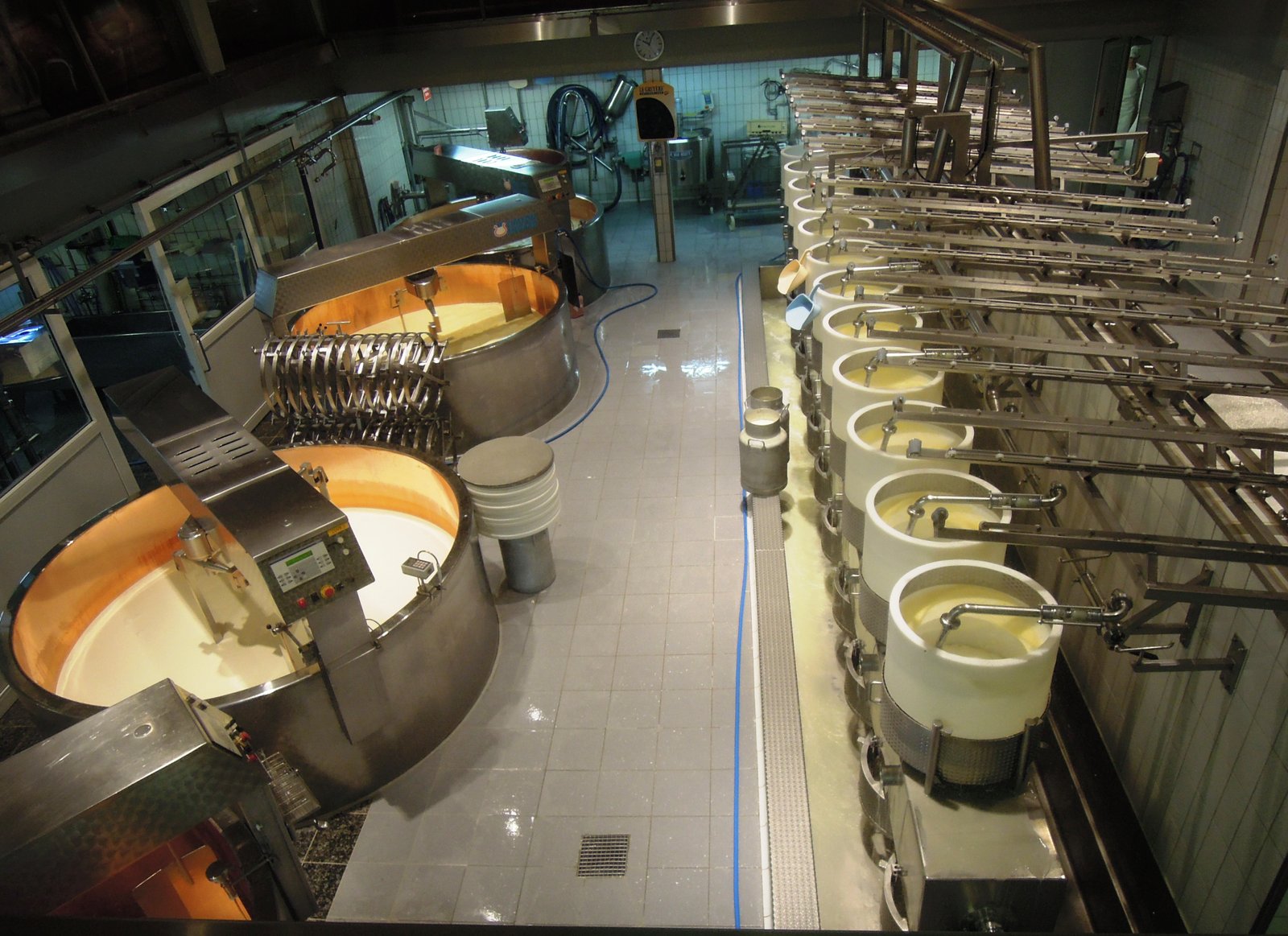Inside BENEO’s new pulse plant: pioneering sustainable protein from faba beans
Cornell University researchers in the Department of Food Science found that exposure to light-emitting diode (LED) sources for even a few hours degrades the perceived quality of fluid milk more so than the microbial content that naturally accumulates over time.
Their study determined that milk remained at high-quality for two weeks when shielded from LED exposure, and that consumers overwhelmingly preferred the older milk over fresh milk stored in a typical container that had been exposed to LED light for as little as four hours.
As sellers adopt these light-efficient energy sources in dairy cases and point-of-sale locations, merchants might be unwittingly sabotaging the product they are trying to sell.
“For some reason we love to look across the store and see this glowing case of milk that’s shining bright,” said Robin Dando, senior author on the paper and Assistant Professor in Cornell’s Department of Food Science. “It’s attractive to look at, but we might actually be damaging the quality of the product.”
It’s well understood that milk sensory quality and nutritional content are adversely affected by exposure to the sun and artificial light sources. Riboflavin and other photosensitive components in milk are activated when struck by light energy, releasing a cascade of electrons that can degrade proteins and oxidize fats.
The resulting taste is commonly described as that of cardboard or plastic. All current popular milk packaging allows for certain light exposure to occur; even opaque plastic jugs have potential to compromise the highest quality milks by allowing the off-flavors to develop.
“Milk drinkers want the freshest, highest quality milk they can get,” said Nicole Martin, the study’s lead author and supervisor of Cornell’s Milk Quality Improvement Program laboratory. “For most consumers the idea of freshness is in inverse relationship to the expiration date on the package. This study shows that light exposure is a much greater factor explaining deteriorating milk quality than even age.”

